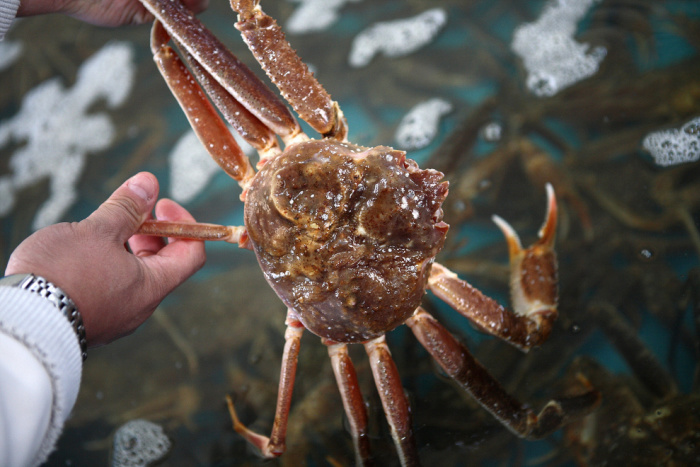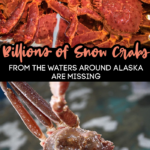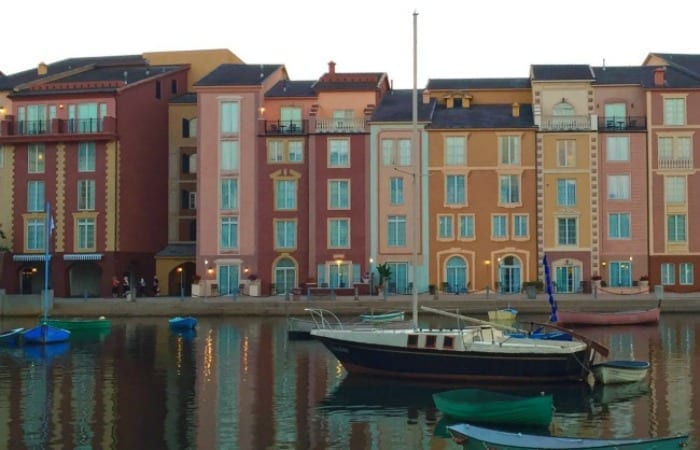Billions of Snow Crabs Are Missing From the Waters Around Alaska and It Isn’t What You Think It Is
If you were planning on visiting the Alaska Snow Crab harvest, you’ll need to reschedule for next year.

For the first time ever, the harvest has been cancelled for one main reason.
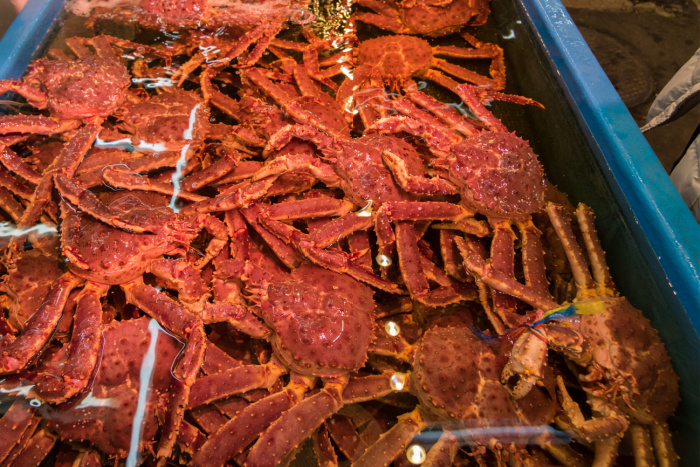
Billions of snow crabs have disappeared from the cold waters of the Bering Sea and scientists say overfishing isn’t the cause, so what is?

The Alaska Board of Fisheries and the North Pacific Fishery Management Council have denied to open the fishery because of the concerning drop of the snow crab population in the Bering Sea.
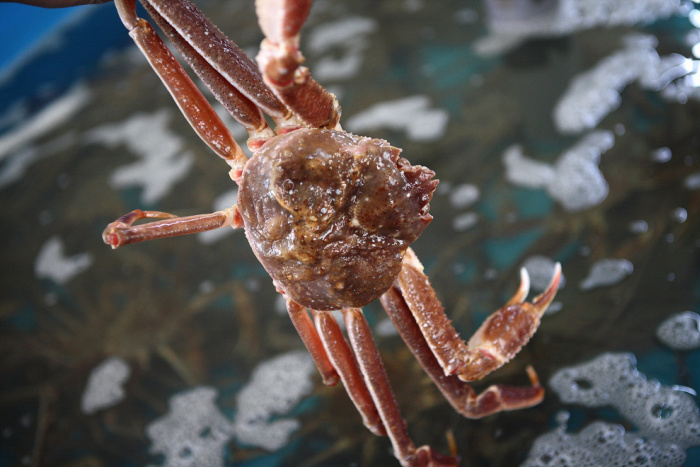
According to Benjamin Daly, a researcher with the Alaska Department of Fish and Game has concluded that the snow crabs have dropped from 8 billion in 2018 to just 1 billion in 2021.
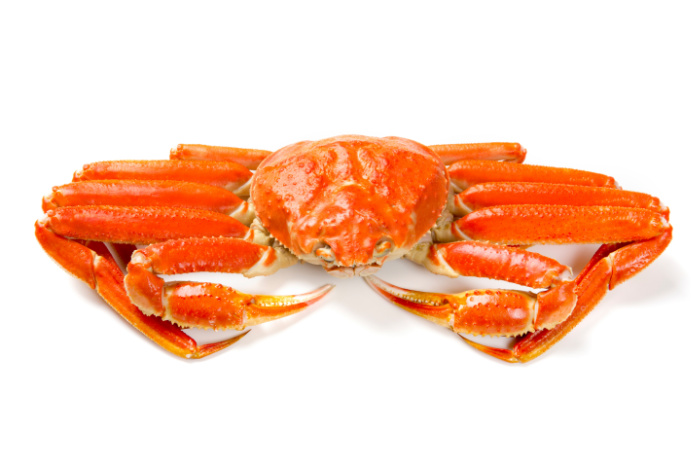
“Snow crab is by far the most abundant of all the Bering Sea crab species that is caught commercially,” Benjamin Daly said to CNN. “So the shock and awe of many billions missing from the population is worth noting – and that includes all the females and babies.”
Benjamin Daly
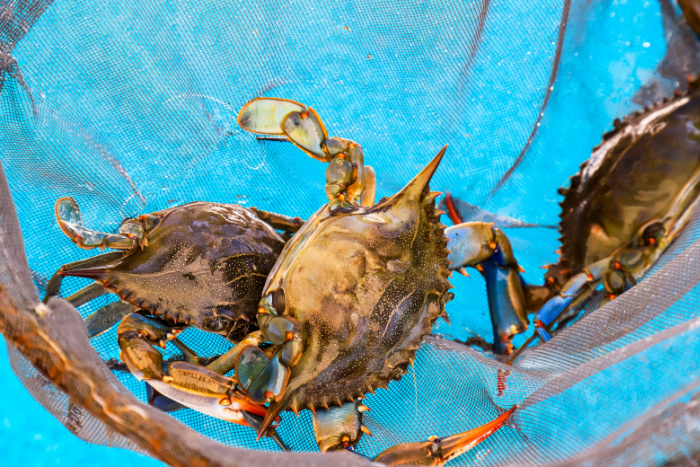
And not only is the Alaska Snow Crab Harvest closing for the year, but so is the Bristol Bay Red King Crab Harvest for its second year in a row, according to its agencies.

Officials have cited overfishing as their rationale for cancelations.
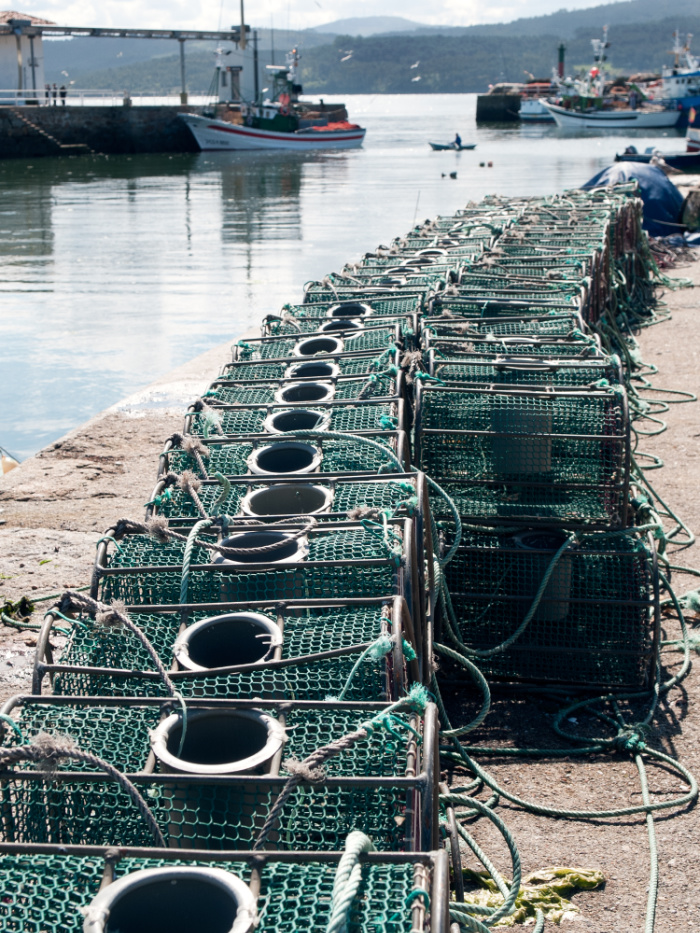
“So there were more removals from the population than there were inputs,” said Mark Stichert the groundfish and shellfish fisheries management coordinator with the state’s fish and game department stated.
Mark Stichert

Mark has also noted that the mature male snow crabs have declined around 40%, with only an estimated of 45 million pounds left in the entire Bering Sea.
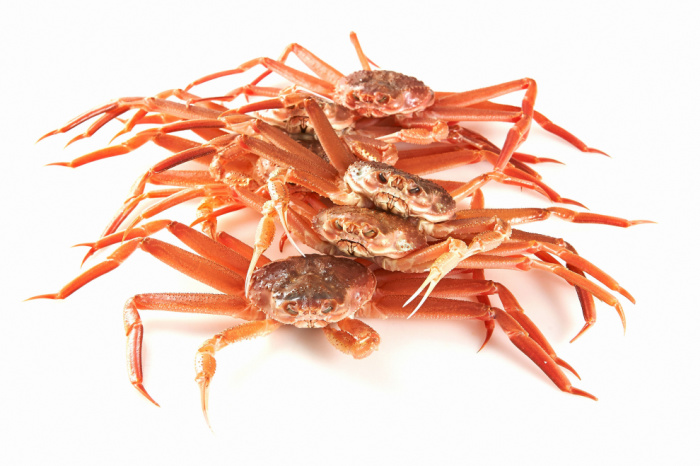
Although, calling the Bering Sea crab population “overfished” isn’t exactly correct.
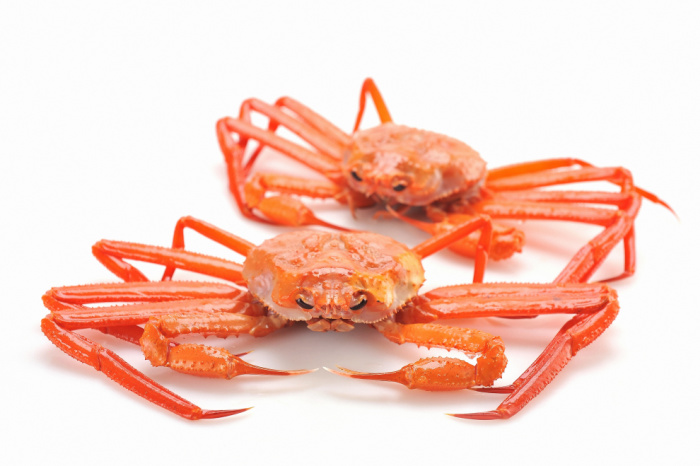
“We call it overfishing because of the size level,” Michael Litzow, the Kodiak lab director for NOAA Fisheries, explained to CNN. “But it wasn’t overfishing that caused the collapse, that much is clear.”
Michael Litzow
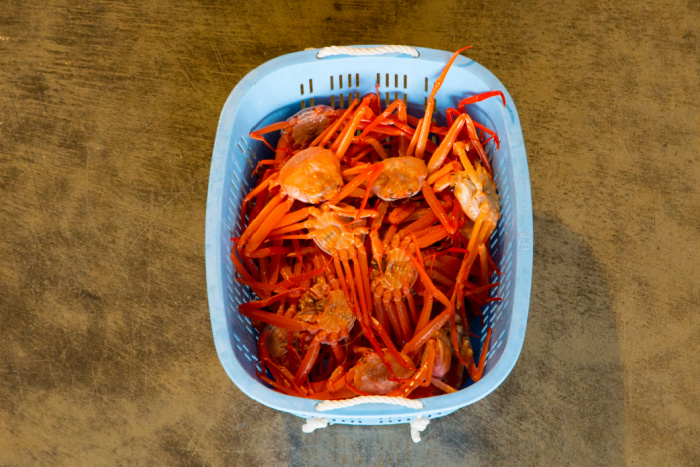
However climate change, is a major factor that is causing the disappearance of Snow crabs says Michael Litzow.
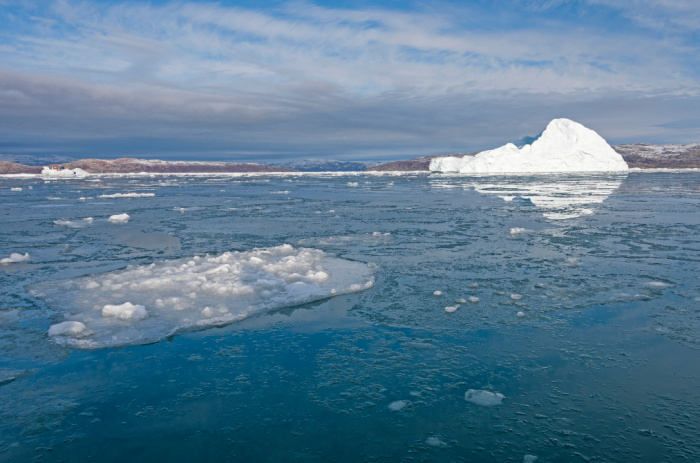
Since Snow crabs are cold-water species found in areas where water temperatures drop below 2 degree Celsius, as oceans are warming and sea ice disappearing, the ocean around Alaska are becoming unsuitable for the crabs according to Michael.
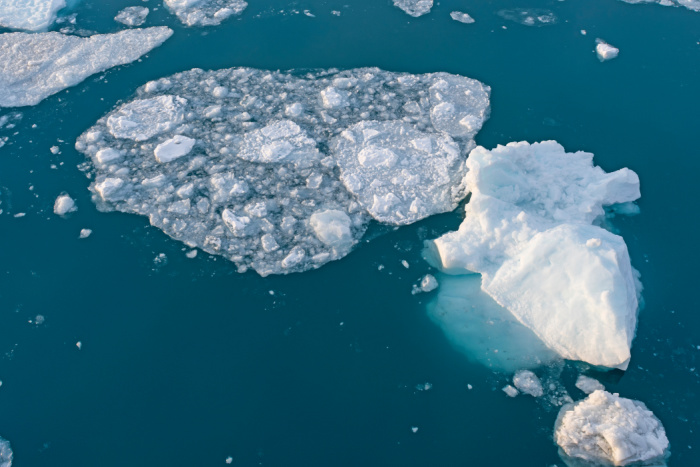
“There have been a number of attribution studies that have looked at specific temperatures in the Bering Sea or Bering Sea ice cover in 2018, and in those attribution studies, they’ve concluded that those temperatures and low-ice conditions in the Bering sea are a consequence of global warming,” said Litzow.
Michael Litzow
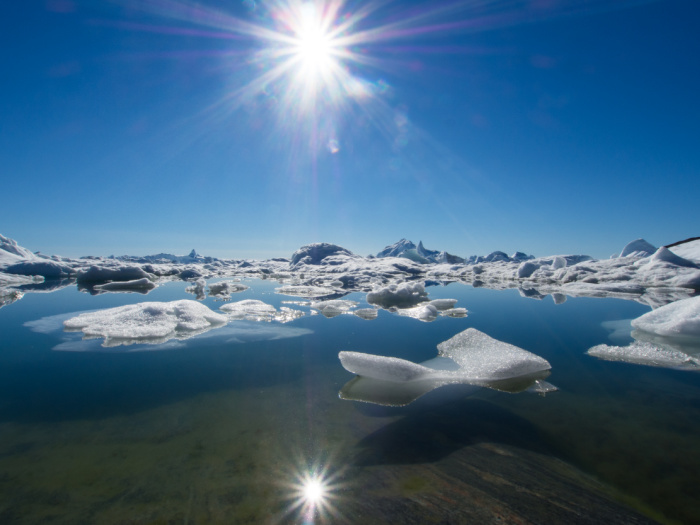
And since temperatures around the Arctic have warmed four times faster than the rest of the planet according to scientists, climate change has thus caused a rapid loss in sea ice within the Arctic region as well as in Alaska’s Bering Sea, amplifying global warming.

“Closing the fisheries due to low abundance and continuing research are the primary efforts to restore the populations at this point,” Ethan Nichols, an assistant area management biologist with the Alaska Department of Fish and Game, said to CNN.
Ethan Nichols

However Mark Stichert did note that a few, small juvenile snow crabs were sighted in the system which could be optimistic for the future, but it won’t be a few years until they’re fully mature.
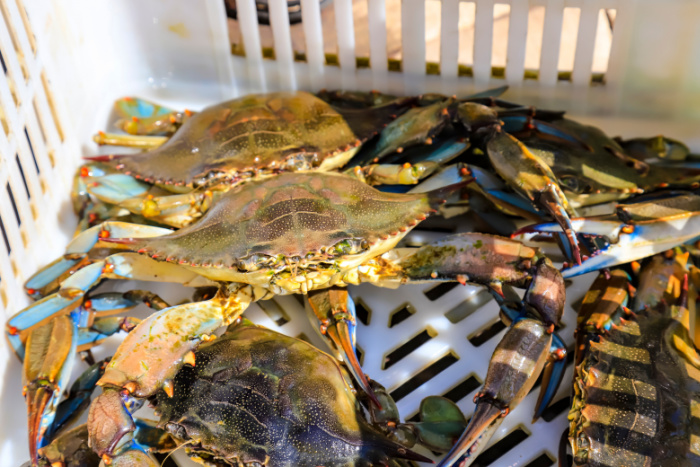
“It is a glimmer of optimism,” Litzow said. “That’s better than not seeing them, for sure. We get a little bit warmer every year and that variability is higher in Arctic ecosystems and high latitude ecosystems, and so if we can get a cooler period that would be good news for snow crab.”
Michael Litzow
